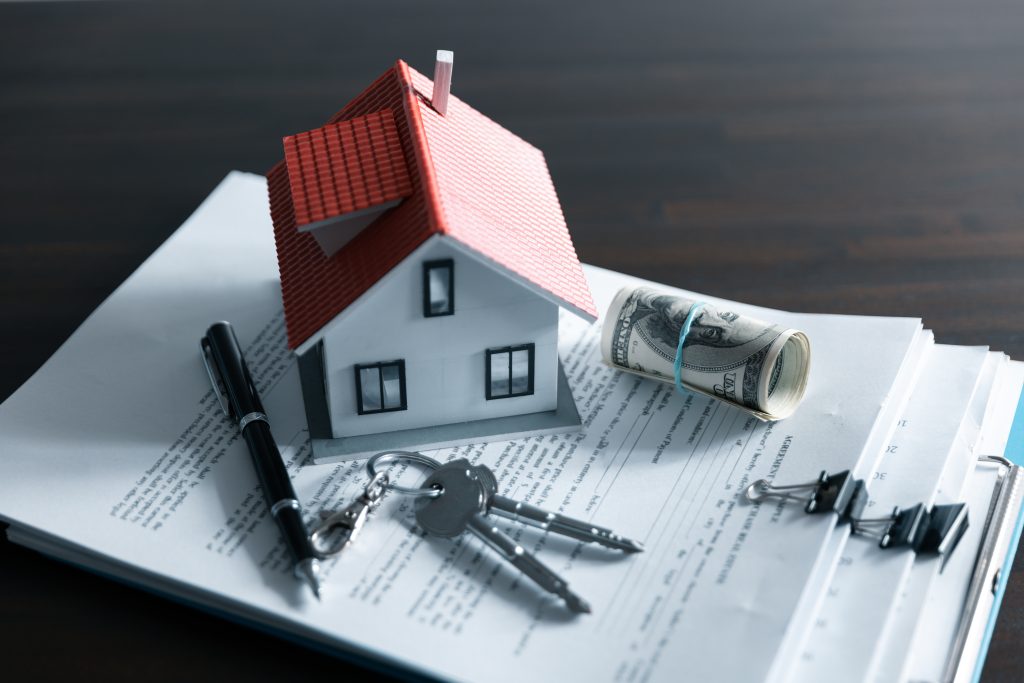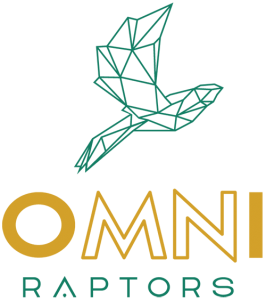What are the different ways to access home equity?
Home equity is a valuable asset that can be tapped into for various financial needs. Whether you’re looking to fund home improvements, consolidate debt, cover unexpected expenses, or achieve other financial goals, there are several ways to access the equity you’ve built in your home.

Home Equity Loans:
This is also known as a second mortgage, allows homeowners to borrow a lump sum of money against the equity in their home. These loans typically have fixed interest rates and fixed monthly payments over a specified term. HEL are ideal for one-time expenses, such as major home renovations, medical bills, or education expenses.
Home Equity Lines of Credit (HELOCs):
A HELOC is a revolving line of credit that allows homeowners to borrow against their home equity as needed. Similar to a credit card, you can borrow funds up to a certain credit limit and repay them over time. HELOCs typically have variable interest rates and interest-only payments during the draw period, followed by a repayment period where both principal and interest are due. HELOCs are versatile financing options that can be used for ongoing expenses, emergencies, or as a backup source of funds.

Cash-Out Refinance:
A cash-out refinance involves replacing your existing mortgage with a new one that has a higher loan amount. The difference between the new loan amount and the remaining balance on your current mortgage is paid out to you in cash. Cash-out refinances often come with lower interest rates than other forms of credit, making them an attractive option for accessing large sums of money. This option is suitable for homeowners who want to consolidate debt, make significant purchases, or reinvest in their home.
Reverse Mortgages:
Reverse mortgages are available to homeowners aged 62 and older and allow them to convert a portion of their house equity into cash. Unlike traditional mortgages, reverse mortgages do not require monthly mortgage payments. Instead, the loan balance accumulates over time and is repaid when the homeowner sells the home, moves out, or passes away. Reverse mortgages can provide supplemental income for retirees, cover healthcare expenses, or improve overall cash flow.
Sale-Leaseback Agreements:
In a sale-leaseback agreement, homeowners sell their property to an investor or buyer and then lease it back from the new owner. This allows homeowners to access their home equity in a lump sum while still residing in the property. Sale-leaseback agreements can be beneficial for homeowners who need immediate cash but want to remain in their home.
Conclusion:
Accessing home equity can provide homeowners with valuable financial flexibility and opportunities to achieve their goals. Whether you choose a home equity loan, HELOC, cash-out refinance, reverse mortgage, or sale-leaseback agreement, it’s essential to carefully consider your options, understand the terms and conditions, and consult with a financial advisor or mortgage specialist to determine the best solution for your needs.
If you’re considering tapping into your home equity or have questions about the different options available, contact Omniraptors for personalized guidance and expert advice.

